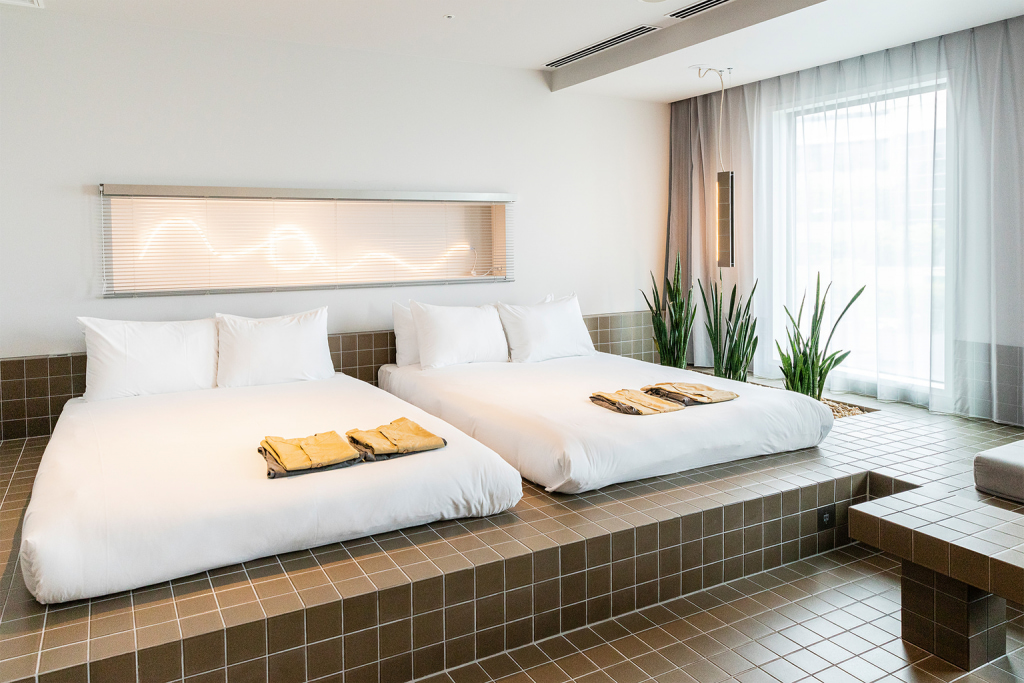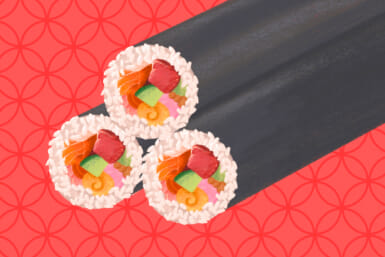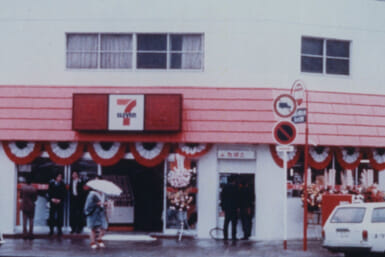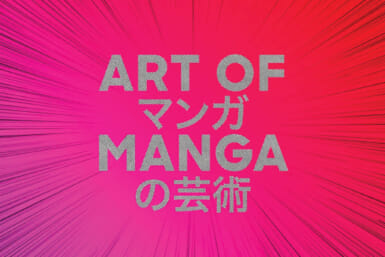“It’s not just building something for a client, but it’s building something for society as well,” says Daisuke Motogi, a multidisciplinary architect and designer, and founder of DDAA.
He is a man ahead of the times. A Musashino Art University alumnus, Motogi has built a reputation for himself, his work and his philosophy. He opened DDAA in 2010 and since then, Motogi and his team have taken on multiple projects in an array of disciplines, from landscape architecture to product design. His latest project is All Day Place, a new hotel in Shibuya located just a few steps from Miyashita Park.
An Experimental Spirit
Motogi is a man who loves a challenge and thrives under pressure. What he most looks forward to is coming up with new ideas. The most important thing, he emphasizes, is respecting DDAA’s philosophy. “Experimentation is key,” says Motogi. “Without experimentation, it’s difficult to run a sustainable studio.”

Daisuke Motogi
He adds that by extension, experimentation also contributes to society. That is why he draws inspiration from everywhere; movies, books, places he visits. If one is to build for others, it makes sense to be inspired by others. He encourages his clients to adopt this mentality and open their minds to unconventional approaches to ordinary projects.
“When we first start a project, I let them know of this philosophy,” he says. Not to say the client’s ambitions don’t matter, but an “experimental spirit,” as he calls it, is a non-negotiable. When a client doesn’t agree to apply his innovative approaches, Motogi introduces them to another company that he feels would be more appropriate for the project. “There are a lot of other great designers out there,” he says, laughing.
One of DDAA’s most notable projects was Mistletoe of Tokyo (MOT), an incubation office that opened in 2019. What made this project so distinct was a breakthrough: Motogi decided to leave the space unfinished on purpose — and perpetually.
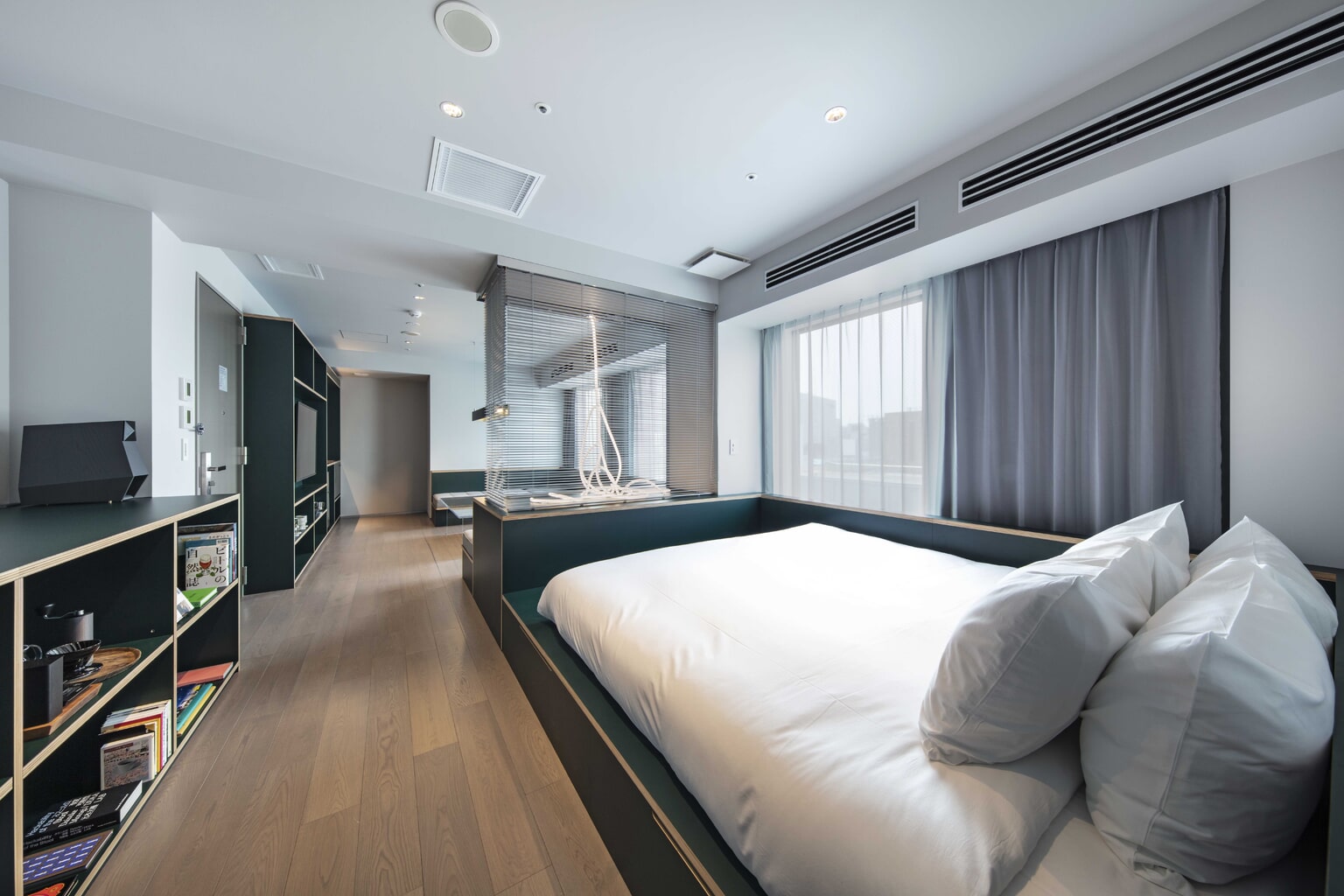
Inside the Weekender Suite of All Day Place Shibuya.
When a building is completed, the rent and value of the space go down exponentially. “After 20 years, it’s worth almost nothing,” he says. There is only a short amount of time where a building is in pristine condition, the most beautiful it’ll ever be. “This isn’t always bad,” he warns. “Look at denim, for example.”
But what if a space can be ever-changing? “The pandemic has brought awareness of the importance of flexibility in responding to changes in society. I believe that space should also be positive to change,” he continues.
The critical success of the MOT project led to the foundation of DDAA LAB in 2019, a special team that works on the research and development of ideas and theories surrounding architecture and design.
A Place Where All Can Gather
Opened in April 2022, All Day Place Shibuya is DDAA’s latest accomplishment and further showcases Motogi’s philosophy in a commercial context. Despite designing a hotel, where one would normally look for seclusion, Motogi created more of a community hub.
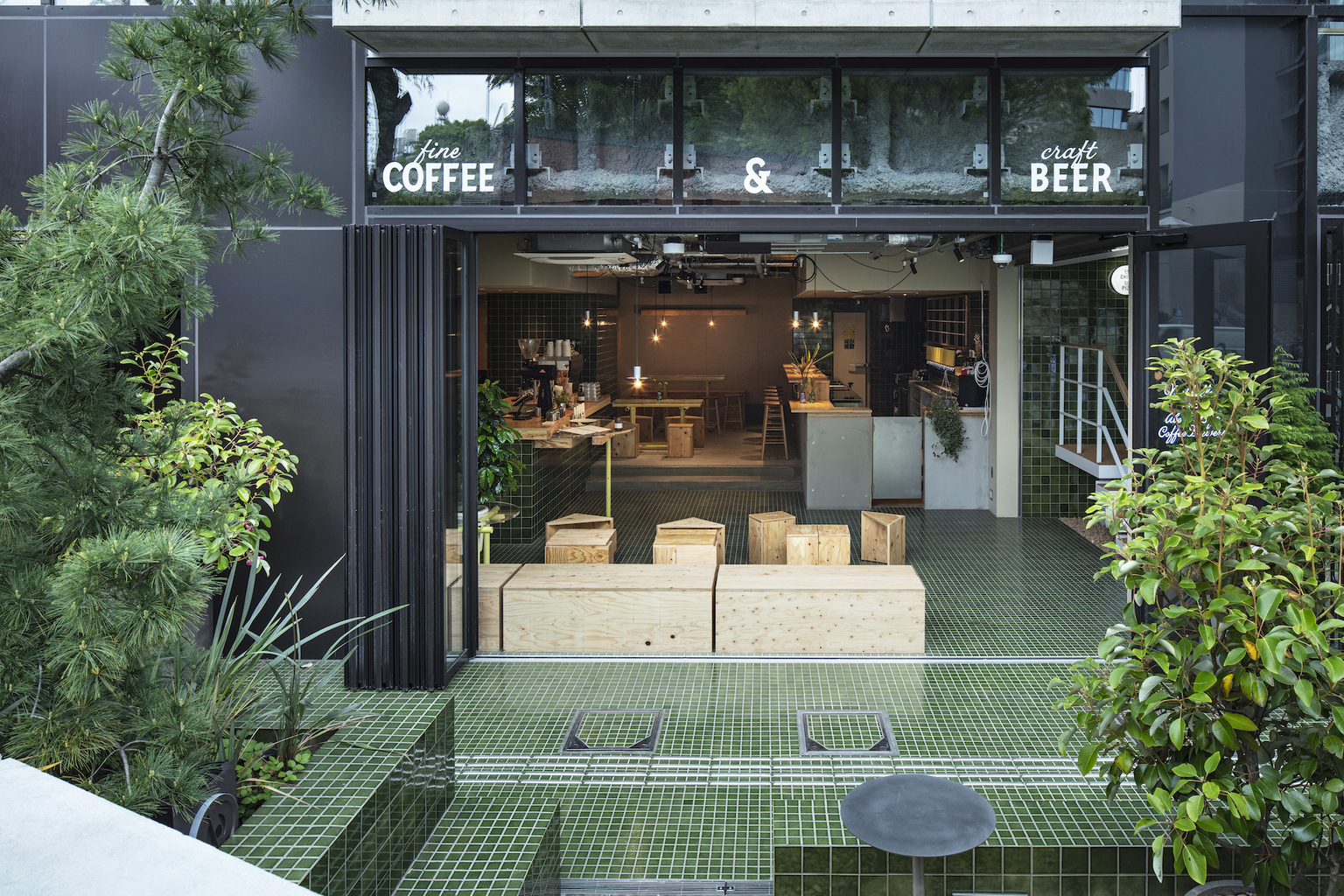
About Life Coffee and Mikkeller Bar on the first floor of All Day Place Shibuya.
On the first floor, you’ll find craft beer bar Mikkeller, and specialty coffee joint, About Life Coffee Brewers. These two spots hope to bring in customers and have the space filled with remote workers, friends catching up and couples. Because All Day Place Shibuya is so people-focused, Motogi wanted the tenants to be involved in the design. He worked with them to DIY benches, tables — even refrigerators — so that the space was built by those who would later work in and occupy it the most.
Motogi no doubt saw the hotel’s strict budget as a new challenge to overcome. Inside the hotel’s 160 rooms, which vary from modest guestrooms to party suites, his ingenuity is revealed.
Media consoles and bed frames were built with forest green melamine plywood. Because of its low cost, this material is rarely used for hotel furniture and can look or feel cheap if used in an untasteful way.
“Someone’s ordinary life could be extraordinary for someone else,” Motogi says. “All Day Place Shibuya is designed from the viewpoint of ‘using ordinary and familiar materials in extraordinary and familiar ways.’”
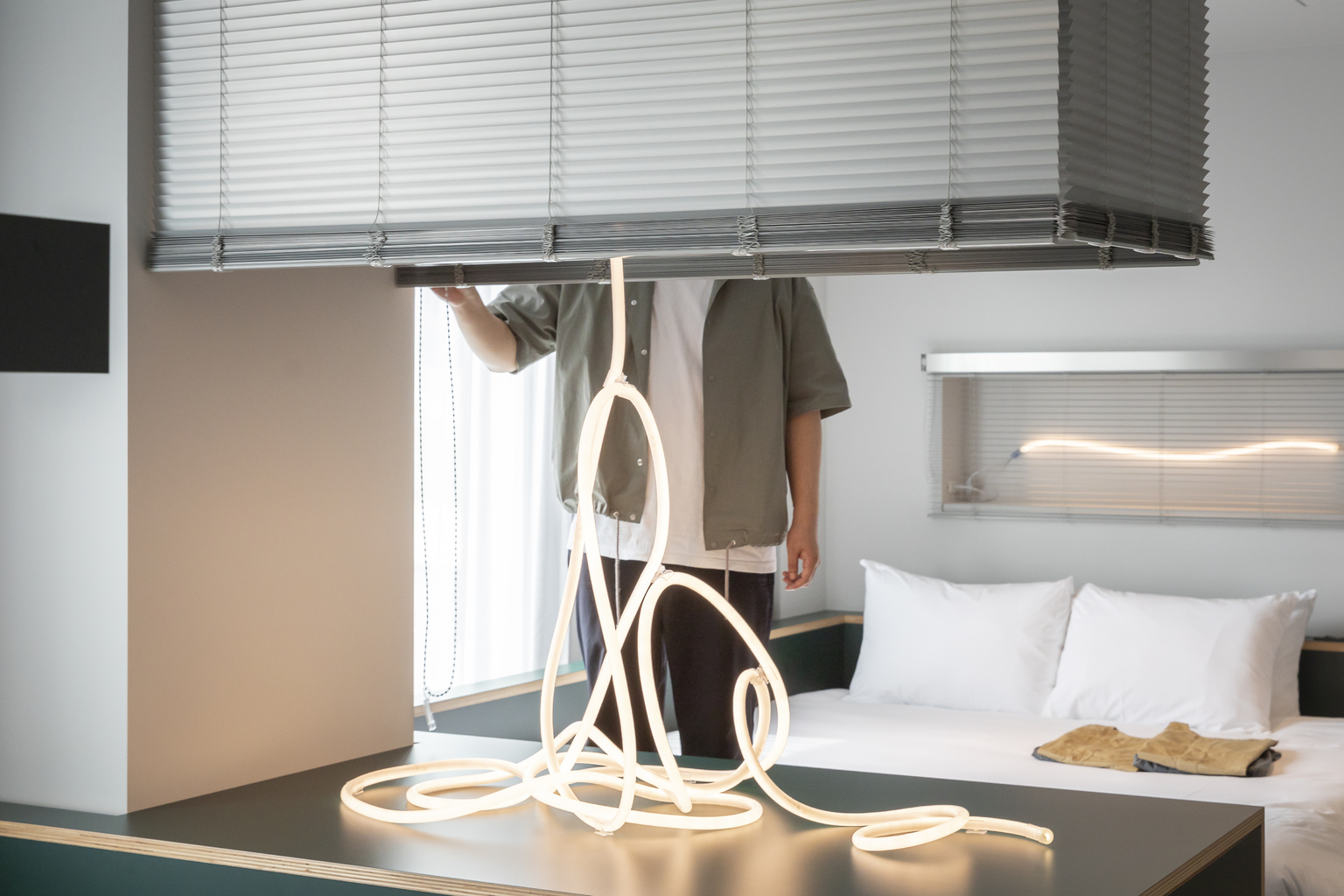
Motogi used blinds to create a partition.
But perhaps the most fascinating element of Motogi’s design is the use of blinds as partitions and as light switches. Built-in light consoles for all 160 rooms were considered too expensive and were only installed in the suite rooms. Window blinds are typically used to control how much sunlight goes into a room, so why not use them to control the amount of light emitted from lamps? “This technique is called mitate. Mitate is derived from the tea ceremony and wabi-sabi, and refers to a shift in perspective from the original use of something,” he explains.
The Future of Architecture in Tokyo
Motogi doesn’t believe there is one all-encompassing trend that can describe Tokyo architecture. The city and its residents adapt at lightning speed — and the architecture reflects those changes. If you keep your eyes peeled, you’ll notice Tokyo never ceases to evolve.
“In a city like Tokyo, there are many different building types,” says Motogi. “Consider the red-bellied izakaya and the Michelin-starred restaurant — neither is great, they are just different concepts.”
“Cities, like living organisms, have diverse survival strategies,” he continues. Motogi and his team work toward discovering ways to enjoy these diverse concepts equally.
Finally, why not apply Motogi’s philosophy to your own life and surroundings to see what new discoveries you make in this ever-changing city? Experiment. Don’t be afraid to think outside the box. Be aware that everything you do has a consequence that affects the people and world around you. Move fearlessly in new directions to create changes for you — and others.
Photos by Anna Petek and Kenta Hasegawa

